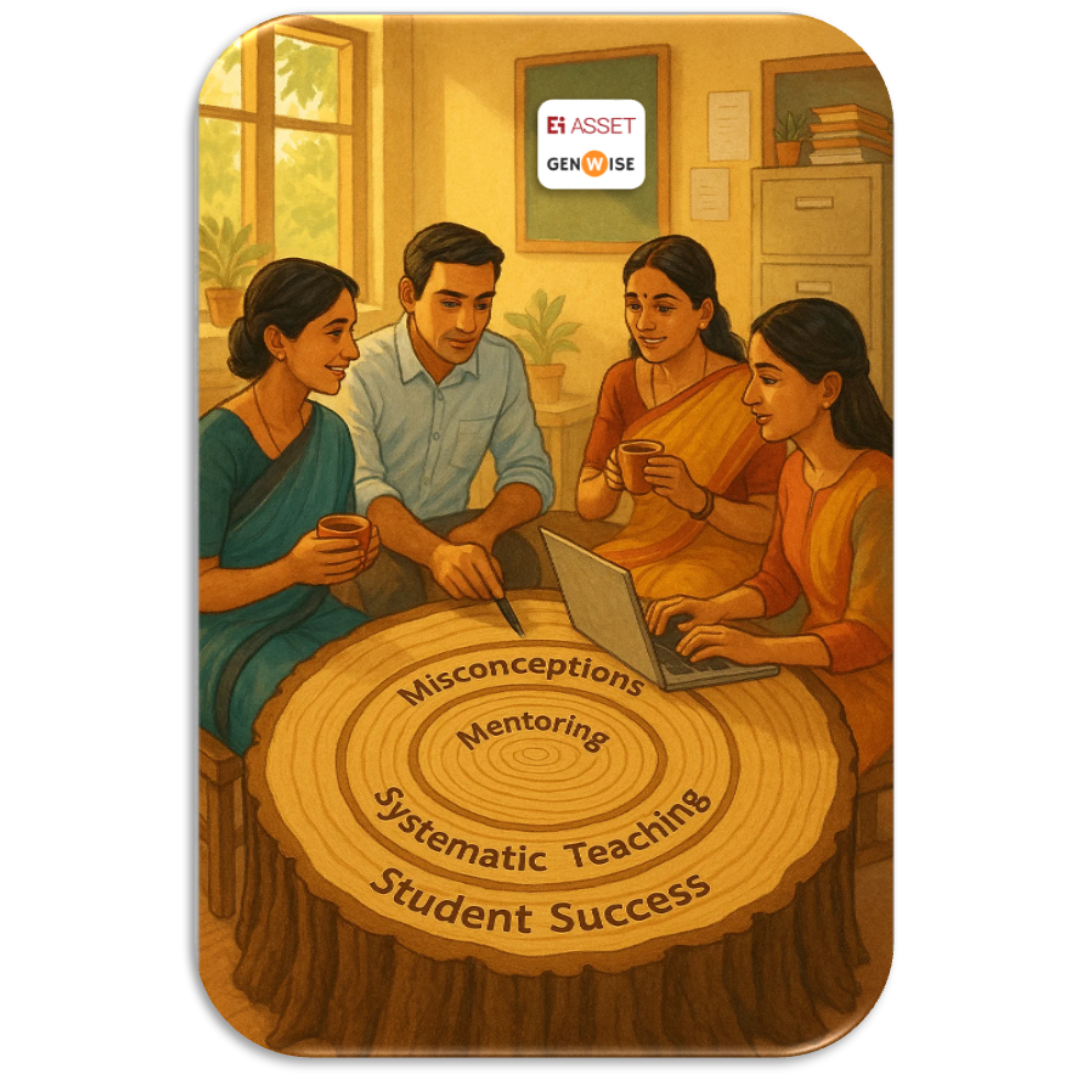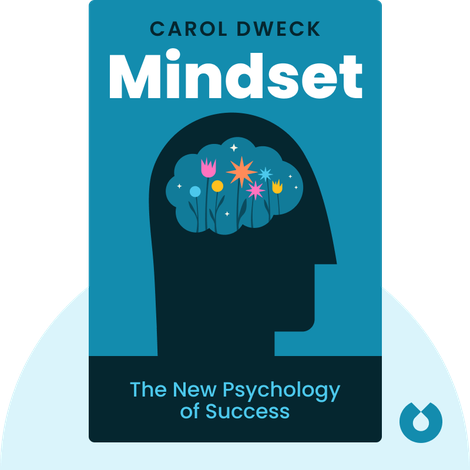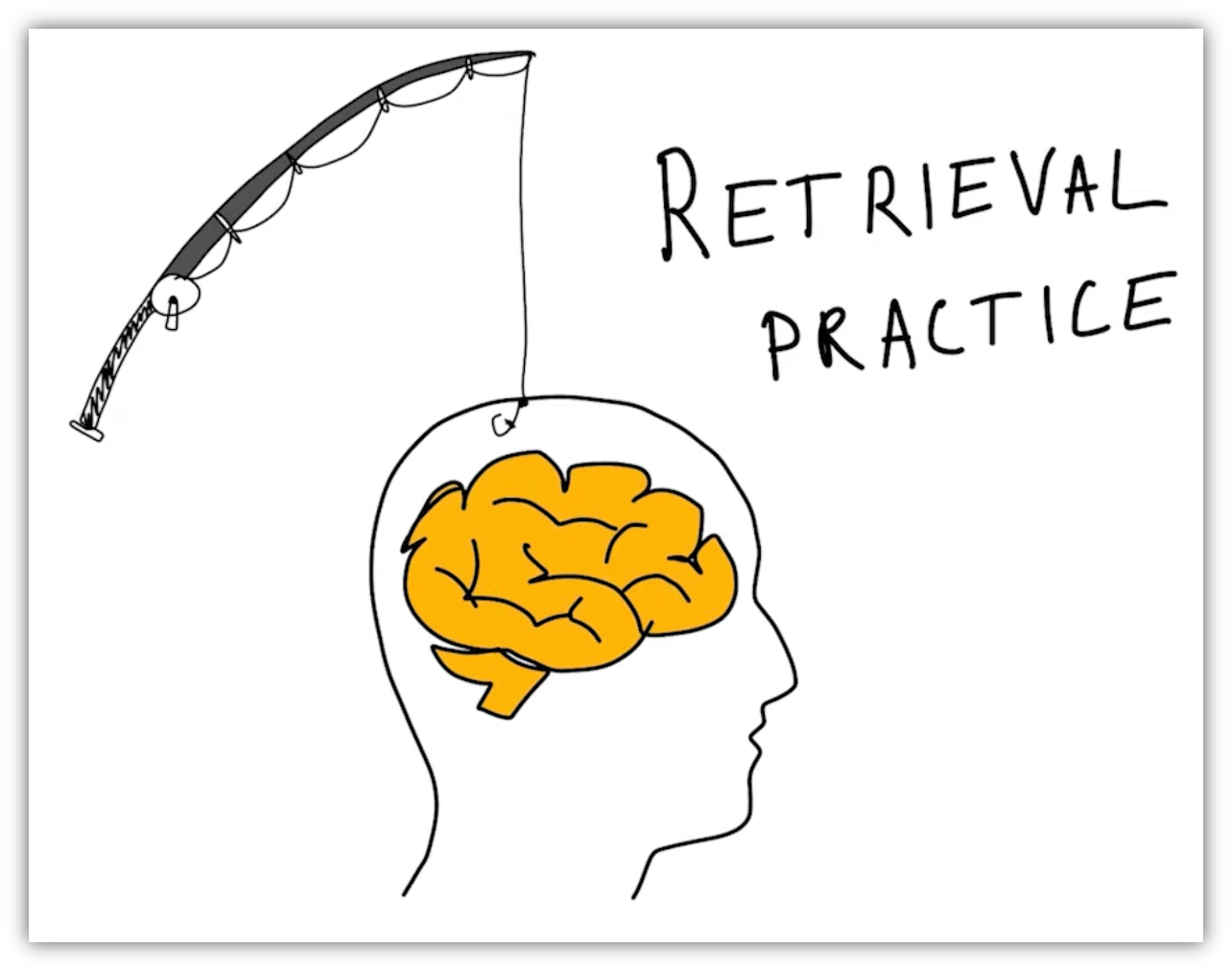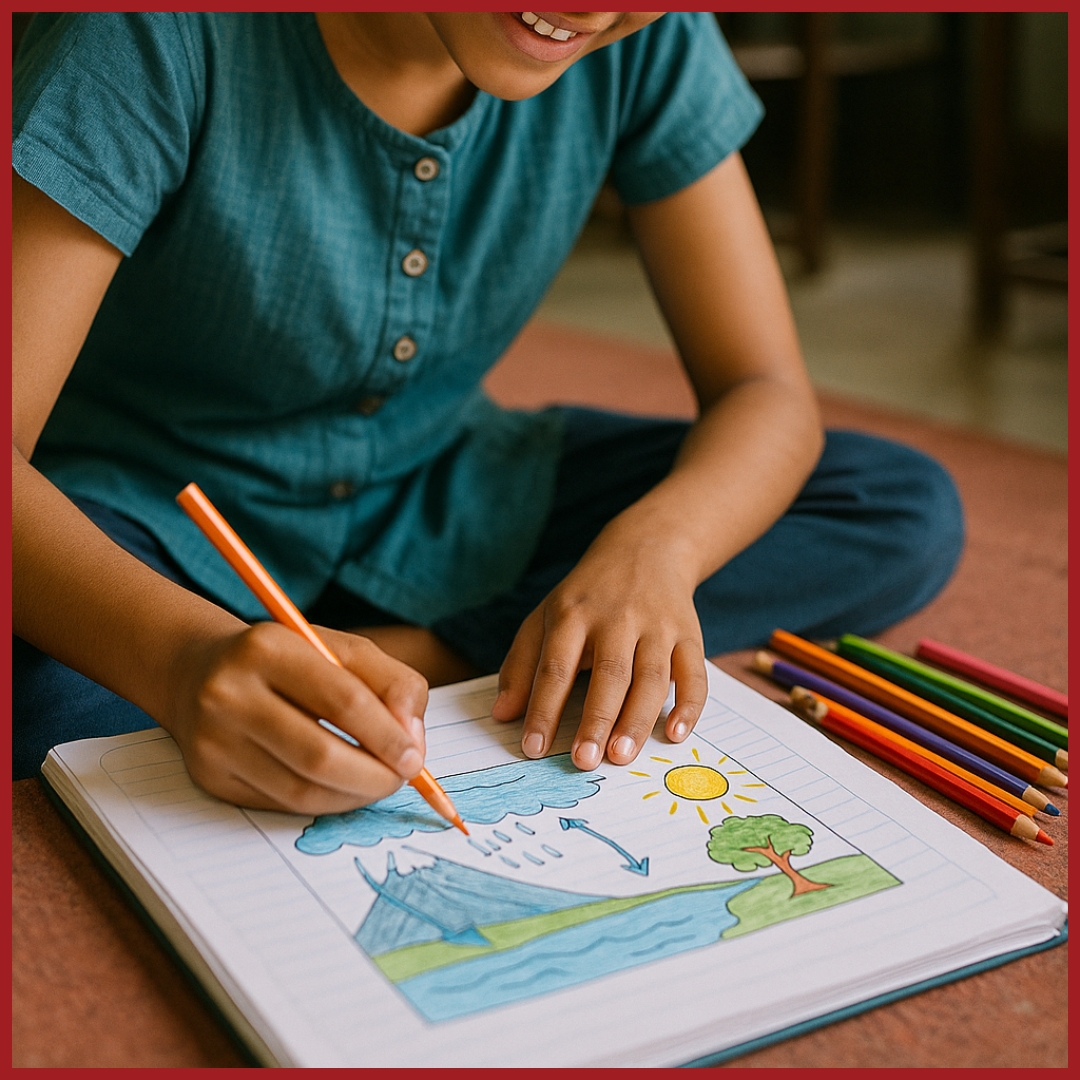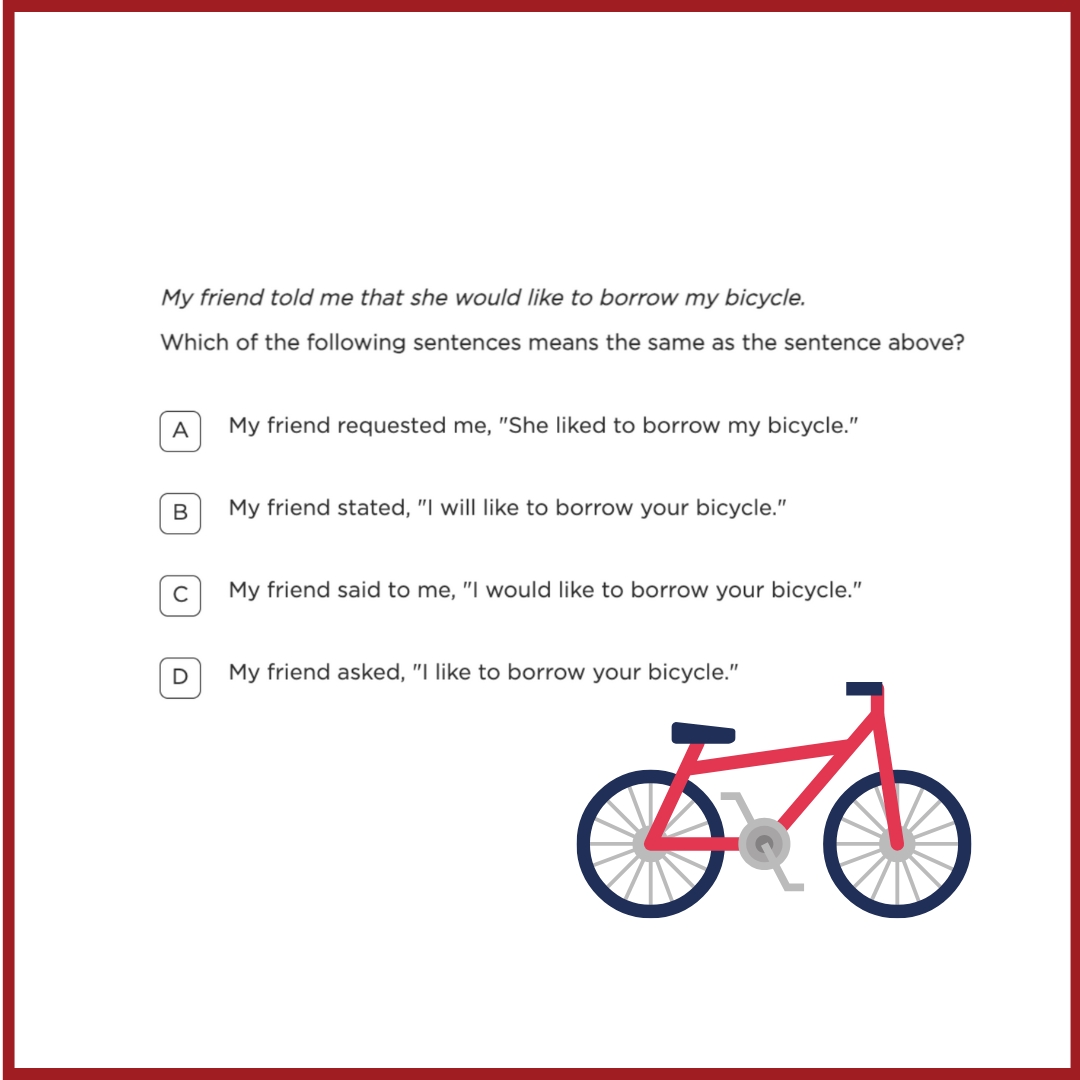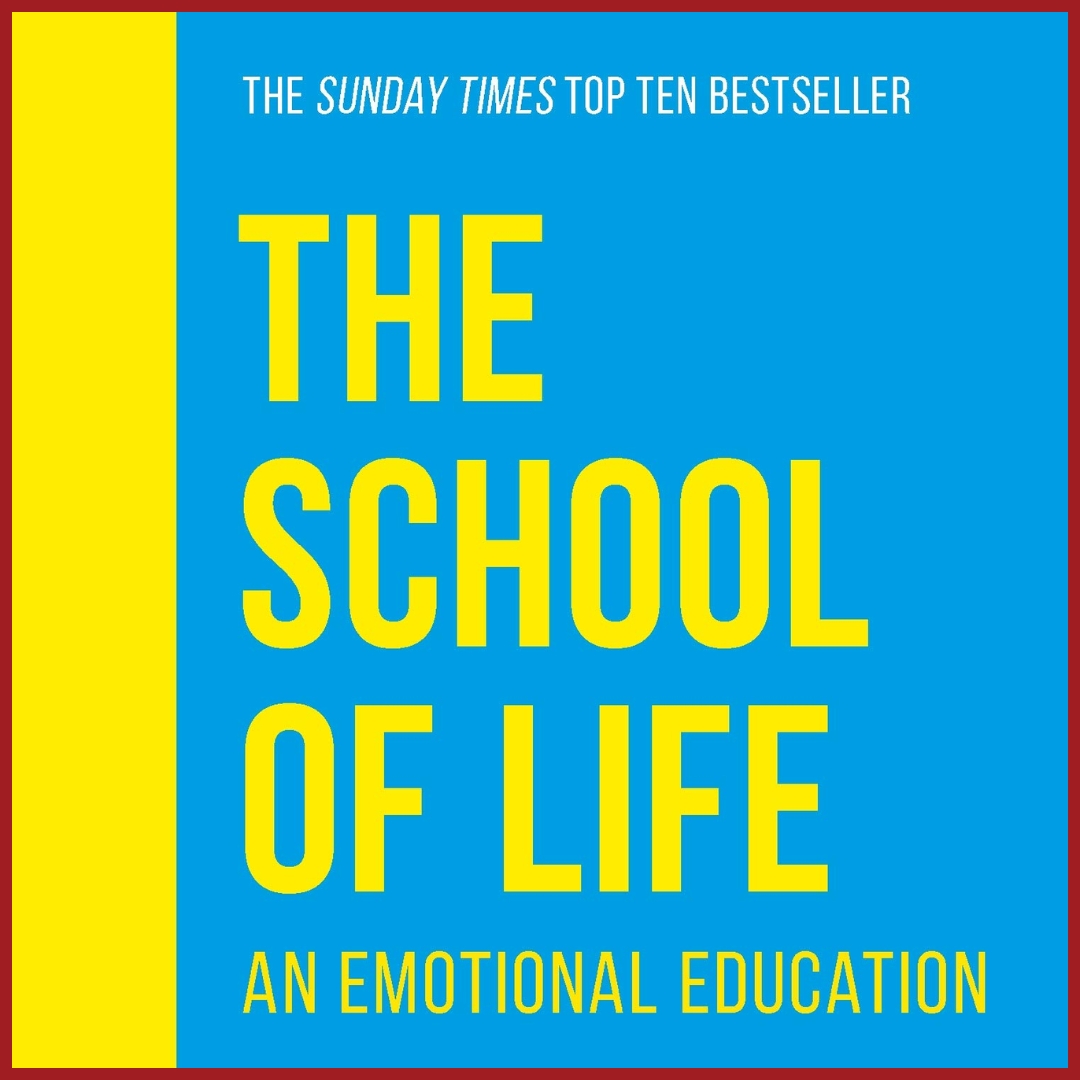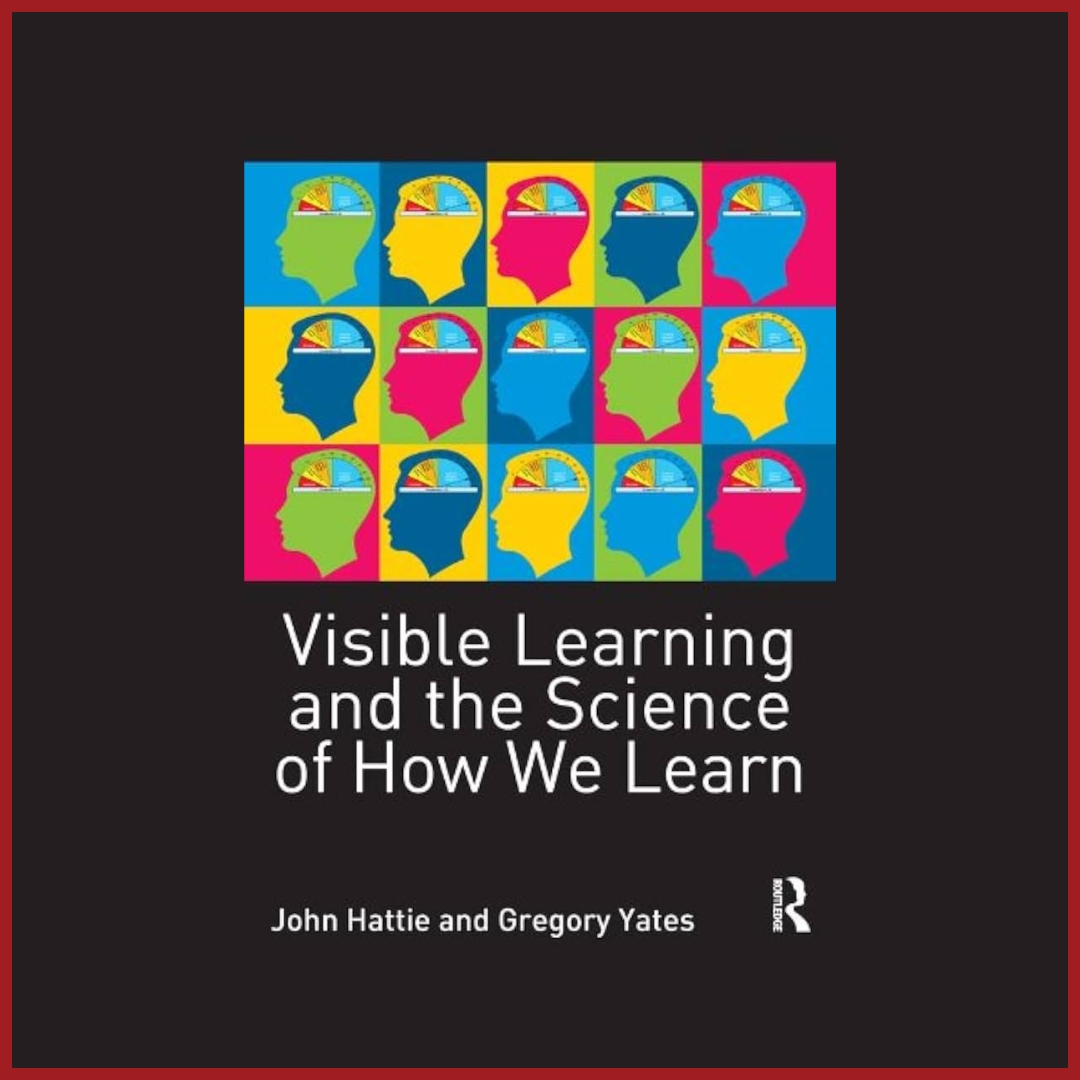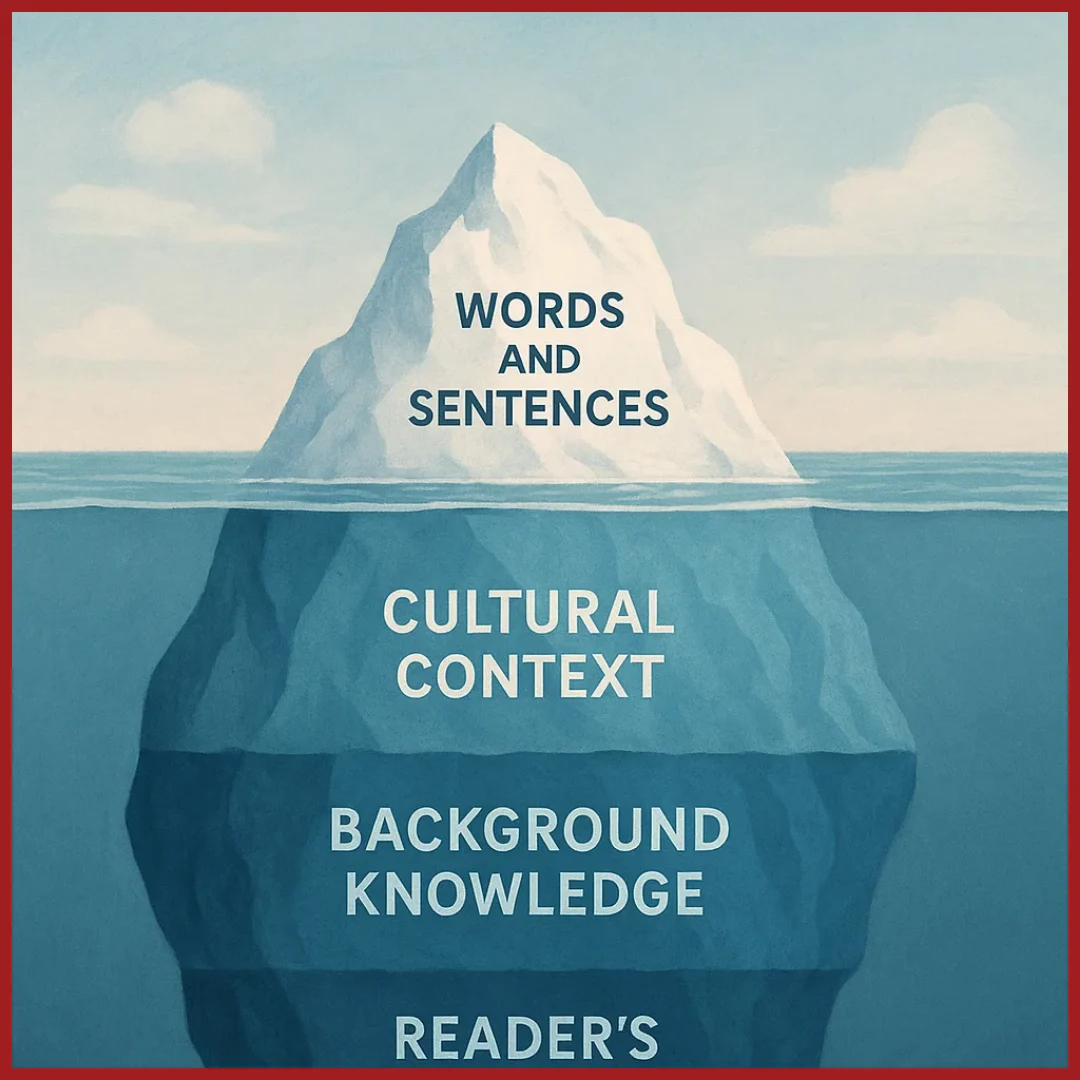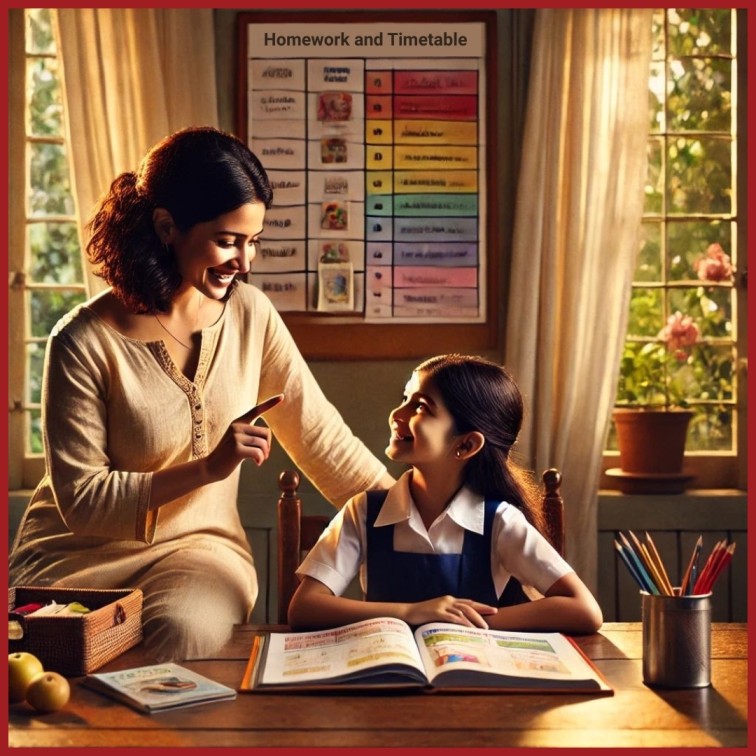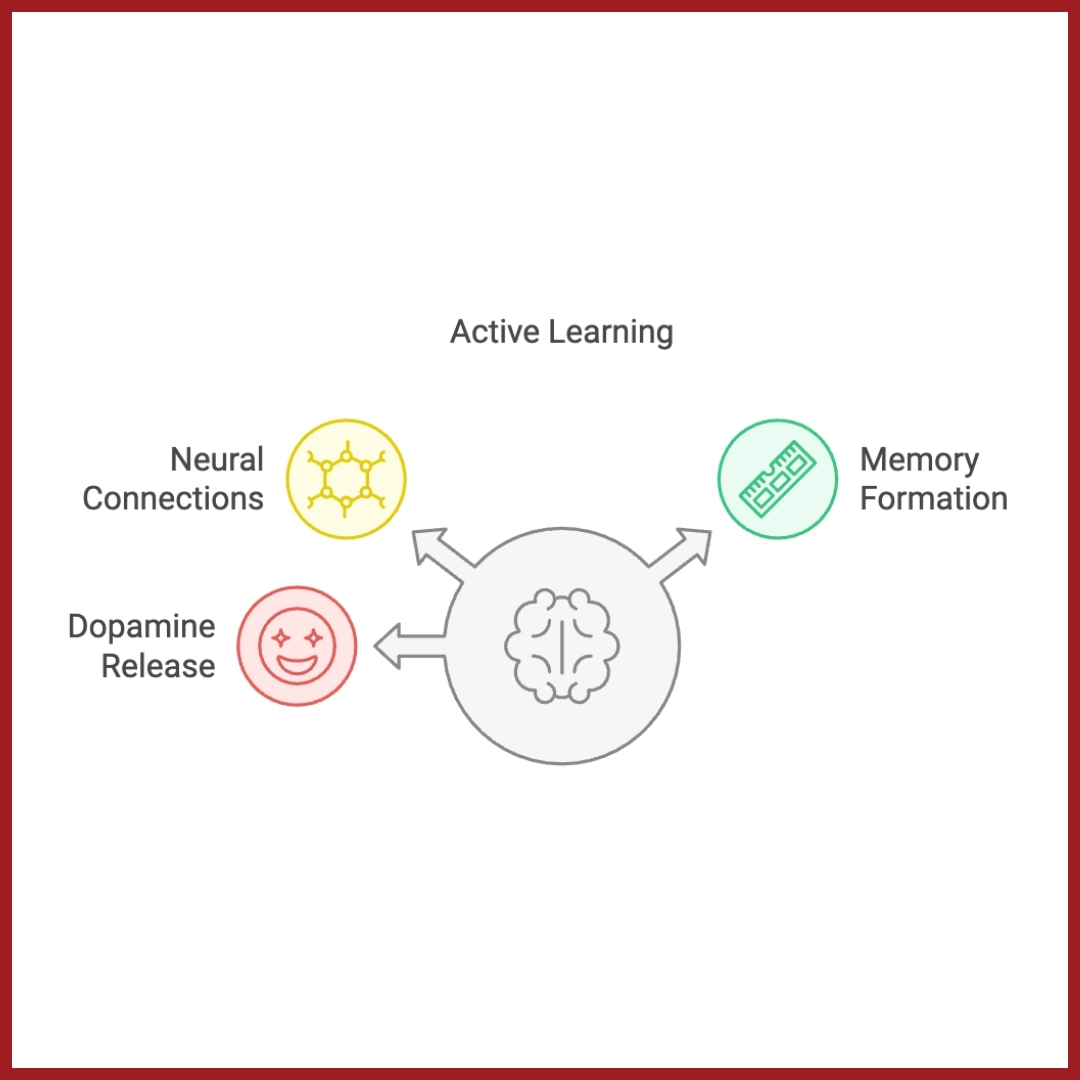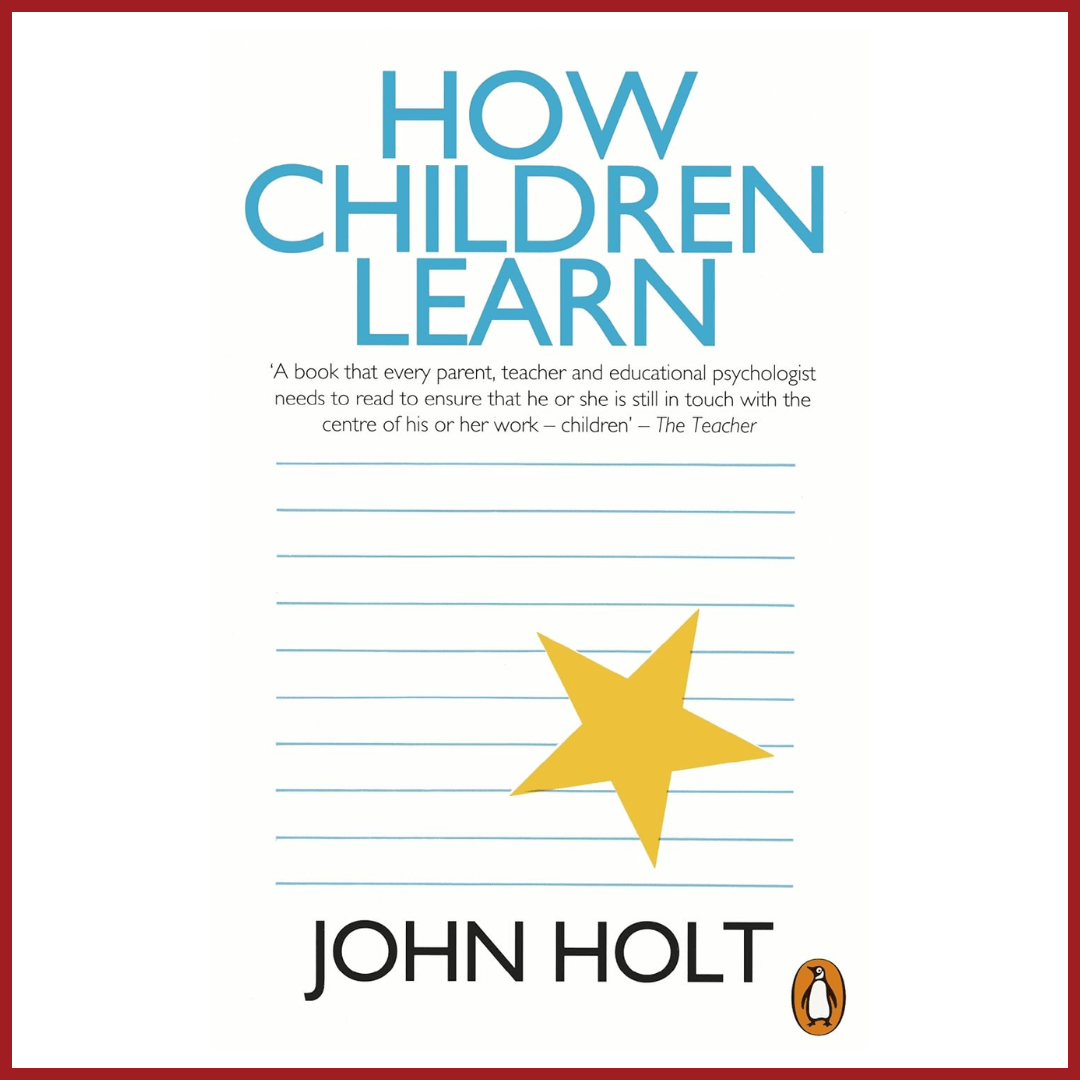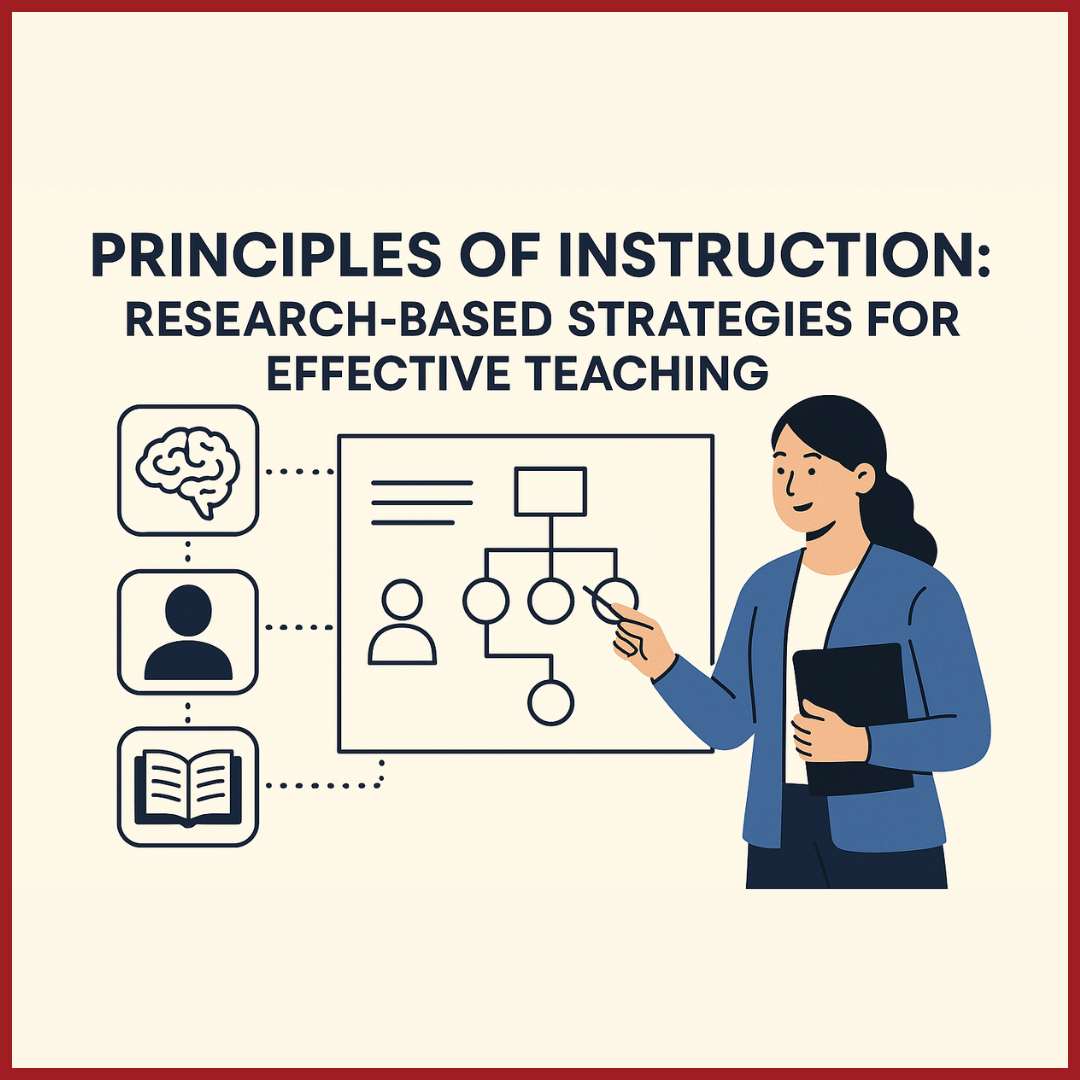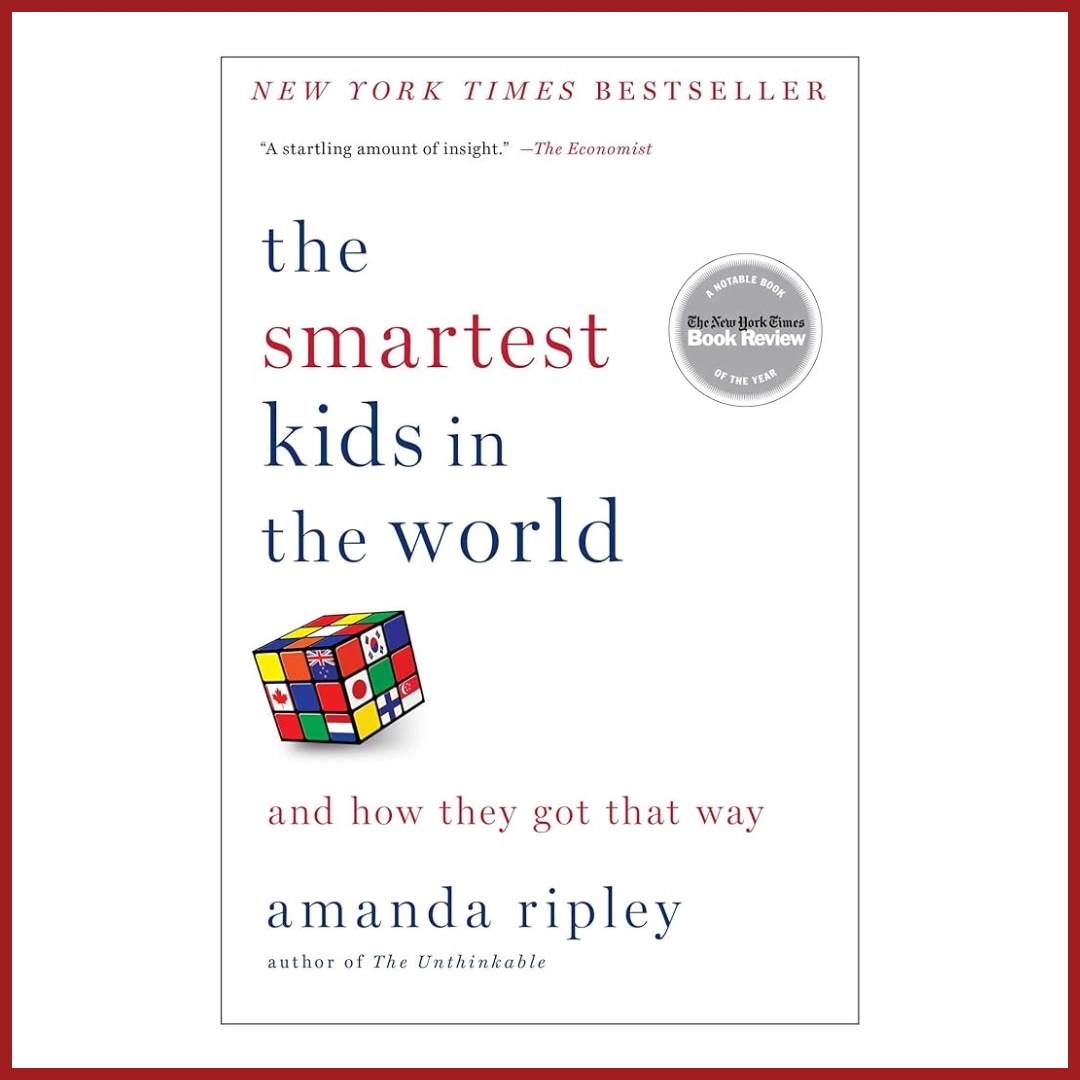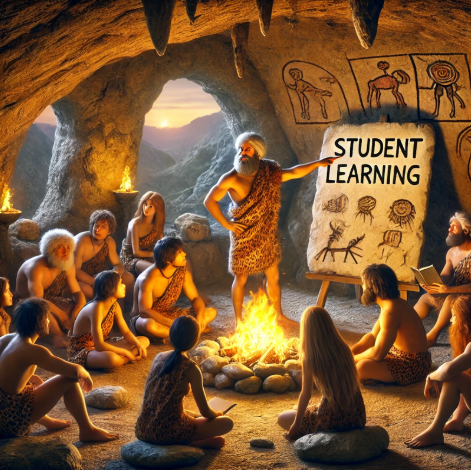Edition 11 | November 2025
Feature Article
Local Lenses in Education: Connecting Curriculum to Community
As educators, we often say that education should prepare children for the future. But in this pursuit, we sometimes overlook the deep wisdom in the phrase, ‘Never forget your roots’.
For children, roots are not abstract ideas; they are the food they eat, the stories they hear, the songs they sing, and the land they grow up on. Learning becomes powerful when it connects with a child’s lived reality. When students see their world reflected in what they learn, education becomes not just easier to grasp—but more meaningful and memorable.
Why Local Context Matters
Children begin learning long before they set foot in a classroom. Their first lessons are woven into the rhythms of home life—local words and lullabies, family customs, gestures, and routines. Yet when they enter formal schooling, the shift can be jarring. New languages, distant references, and unfamiliar contexts may suddenly dominate their learning. This disconnect risks making education feel like an ‘imported’ exercise, rather than a natural extension of a child’s identity.
The National Education Policy (NEP 2020) recognises this challenge. It strongly recommends that, wherever possible, the medium of instruction until at least Grade 5—and preferably up to Grade 8—be the child’s home language or mother tongue. This is not a sentimental choice, but a pedagogically sound one. Research consistently shows that children understand concepts more deeply and retain them longer when taught in a language they know well. NEP 2020 also highlights the importance of integrating Indian Knowledge Systems (IKS), local traditions, and cultural heritage into classroom practice, so that learning is rooted in the soil of our diverse nation.
Teacher as a Cultural Connector
In this vision, teachers are not merely facilitators of the syllabus; they are cultural connectors who bridge the familiar with the new. A teacher who understands a child’s background can build trust, spark curiosity, and open doors to higher-order thinking.
When children first enter school, the most important responsibility is not to enforce perfect behaviour or rush them into formal academics, but to help them feel safe, happy, and included. Just as adults need time to adjust to new environments, children too must feel a sense of belonging before they can learn effectively.
Begin the year with connection, not correction.
Learn about each child’s family, language, and customs.
Organise activities where children introduce themselves in their mother tongue.
Encourage storytelling from home—folk tales, riddles, and proverbs.
Such strategies align with NEP’s vision of inclusive, multilingual education and make children feel valued. Once they are secure and confident, a common medium of instruction can be gradually introduced. The first weeks of school should be filled with smiles, stories, and belonging—because learning flows naturally when children feel seen.
Embedding Local Culture in the Curriculum
Curriculum should never feel alien. When we use local stories, art forms, geography, food, and festivals, children experience their learning as a natural extension of who they are. This approach not only builds comprehension but also strengthens cultural identity and pride.Take the example of a ‘lunchbox lesson’
Imagine a classroom where each child brings a dish rooted in their family’s heritage. As lunchboxes open, so do windows into states, regions, and traditions:
Maachh bhaat (fish and rice) in West Bengal speaks of fertile deltas and rivers.
Sarson da saag and makki di roti in Punjab reflect mustard fields and corn-rich plains.
Idli with coconut chutney in South India highlights coastal abundance and rice cultivation.
Bajra roti and ker sangri in Rajasthan tell stories of desert resilience.
Bhatt ki churkani and jhangora kheer from Uttarakhand echo mountain grains and pulses.
What seems like a simple act of sharing food transforms into a geography lesson, a cultural exchange, and a celebration of diversity. Children not only learn about agriculture and climate but also grow empathy and respect for each other’s traditions.
This is precisely what NEP envisions: experiential learning that connects knowledge with real life, fosters pride in India’s heritage, and cultivates critical 21st-century skills like collaboration and curiosity.
National Initiatives That Support Local Learning
The Government of India has already taken steps in this direction. The Ek Bharat Shreshtha Bharat programme, launched in 2015, encourages cultural and linguistic exchange across states and union territories. The scheme pairs states to promote:
Language Exposure: Students learning alphabets, songs, and proverbs from the partner state.
Cultural Exchange: Competitions in dance, drama, and art based on the paired state’s traditions.
State Day Celebrations: Schools celebrating cuisine, festivals, and customs of the partner region.
Literary and Essay Fests: Writing and competitions in the partner state’s language.
Project Work: Students documenting food, geography, and cultural heritage of the paired region.
Actionable Takeaways for Educators
Begin with Belonging
Create a warm start to the year where children feel safe, valued, and included. This could be through welcome circles, buddy systems, or community walks where students map and share what is familiar around them.Use Language as a Bridge
While NEP encourages mother tongue instruction up to Grade 5, many schools use English or Hindi as the medium. Teachers can still bring in home languages through songs, poems, or short storytelling activities. Displaying multilingual word walls, inviting parents or grandparents to share local tales, and allowing children to occasionally respond in their own language can build clarity and respect for linguistic diversity.Weave in Local Knowledge
Go beyond the textbook by integrating local art, crafts, festivals, games, and even proverbs into lessons. A science class can use examples from local farming practices; a maths class can calculate from local markets; a geography lesson can be anchored in nearby rivers or landforms.Celebrate Identity and Pride
Encourage students to showcase their traditions through food days, cultural corners, dress-up events, or storytelling sessions. When children see their heritage respected, they feel confident and develop empathy for others.Leverage National and Global Platforms
Programmes like Ek Bharat Shreshtha Bharat help children experience India’s diversity. Schools can also adapt global practices, such as place-based education in the US (linking curriculum to local ecology and community projects), or Maori cultural integration in New Zealand (embedding indigenous knowledge and language into school life). Both highlight that strong local grounding prepares students for global citizenship.Use Local as a Launchpad for the New
Instead of treating local context as a token add-on, make it the stepping stone for new learning. For example, a lesson on global climate change can begin with observing shifts in local weather patterns. This way, students connect what they already know to what they are yet to learn.
Conclusion
As someone who has been curating curriculum for boarding school children for more than two decades, I have seen how powerfully students flourish when their learning feels connected to their roots. Grounding education in local context does not mean limiting horizons; rather, it gives children the confidence and clarity to embrace the new while valuing who they are.
Our task as educators is to ensure every classroom becomes a place where curiosity simmers, identity is celebrated, and learning is both rigorous and relevant. NEP 2020 provides a clear direction: build on children’s languages, cultures, and lived experiences to create education that is real, rooted, and future-ready.
The article is contributed by Ms. Mohini Chauhan who is currently working with Unison World School as the School Office-Incharge. Ms. Mohini has more than two decades of experience working with children in boarding schools. She believes that true education begins with nurturing goodness, empathy, and cultural rootedness in every child. For her, values come first and academics follow naturally when the heart is aligned. Her work blends soulful guidance with experiential learning to shape compassionate, responsible individuals.
Are these principles already part of your teaching toolkit?
We’d love to hear your story!
Share how you bring these principles to life in your classroom and inspire fellow educators. Write to us at prakhar.ghildyal@ei.study and tell us about your unique teaching journey
Enjoyed the read? Spread the word
Interested in being featured in our newsletter?
Write to us here.
Feature Articles
Join Our Newsletter
Your monthly dose of education insights and innovations delivered to your inbox!
powered by Advanced iFrame


